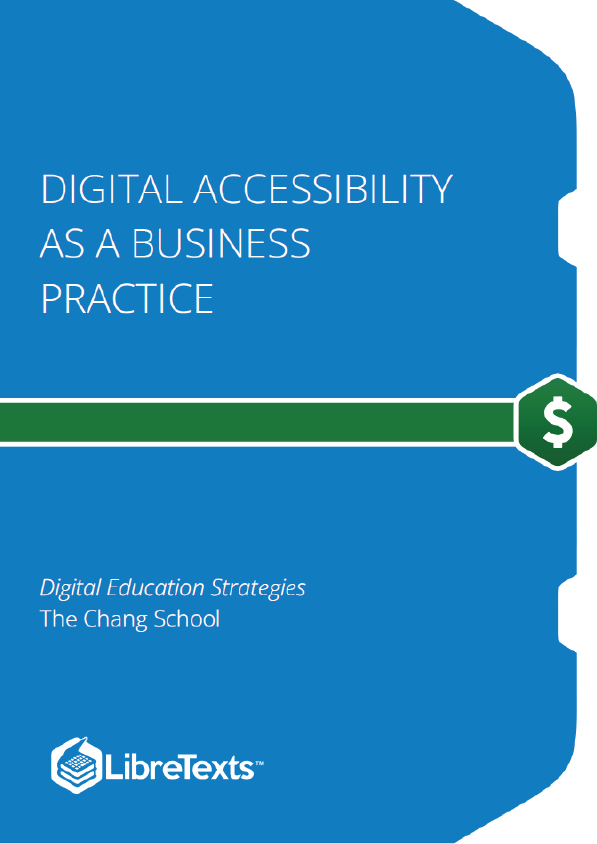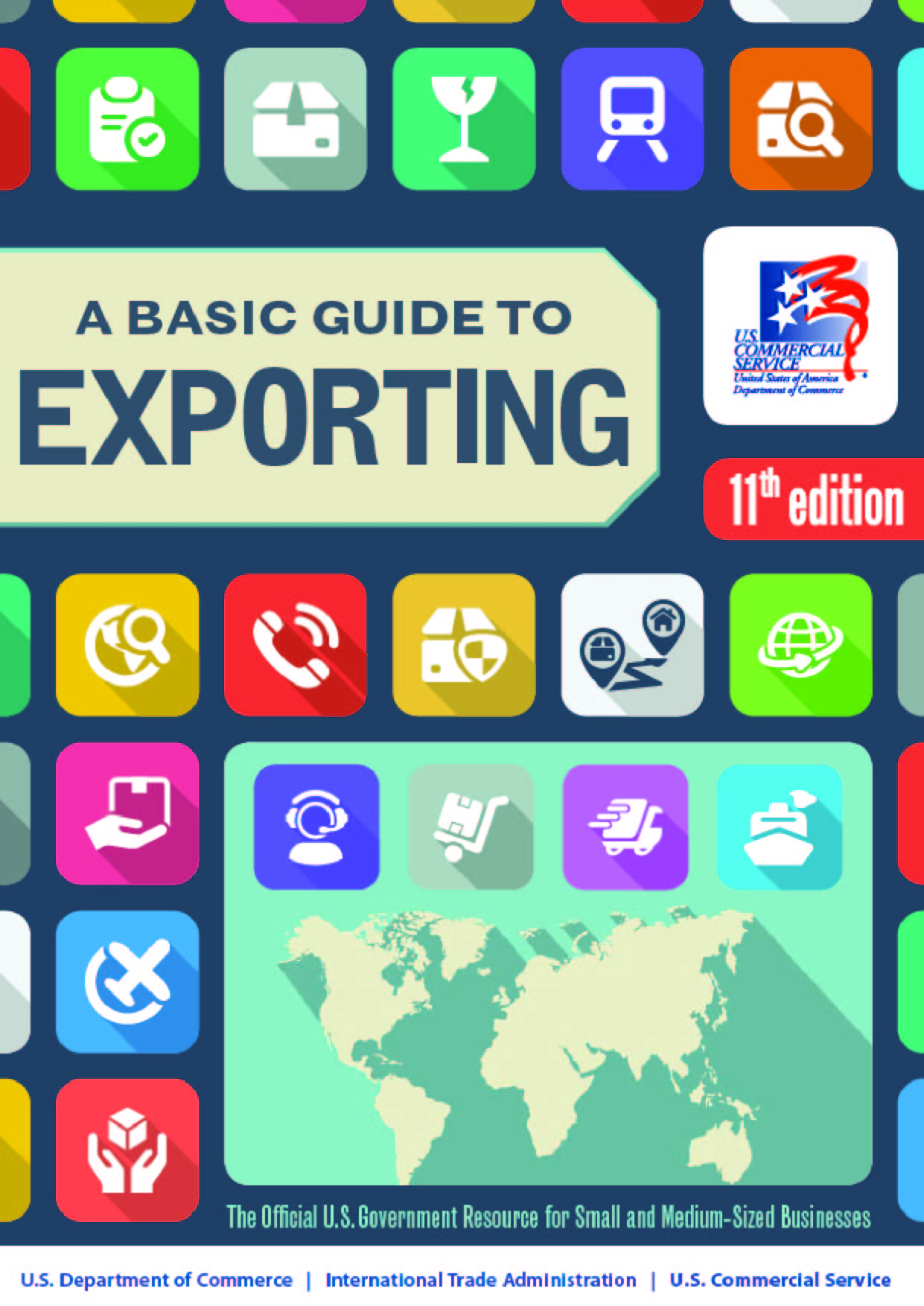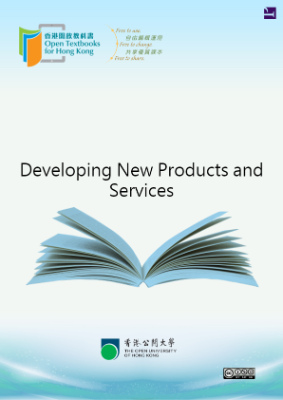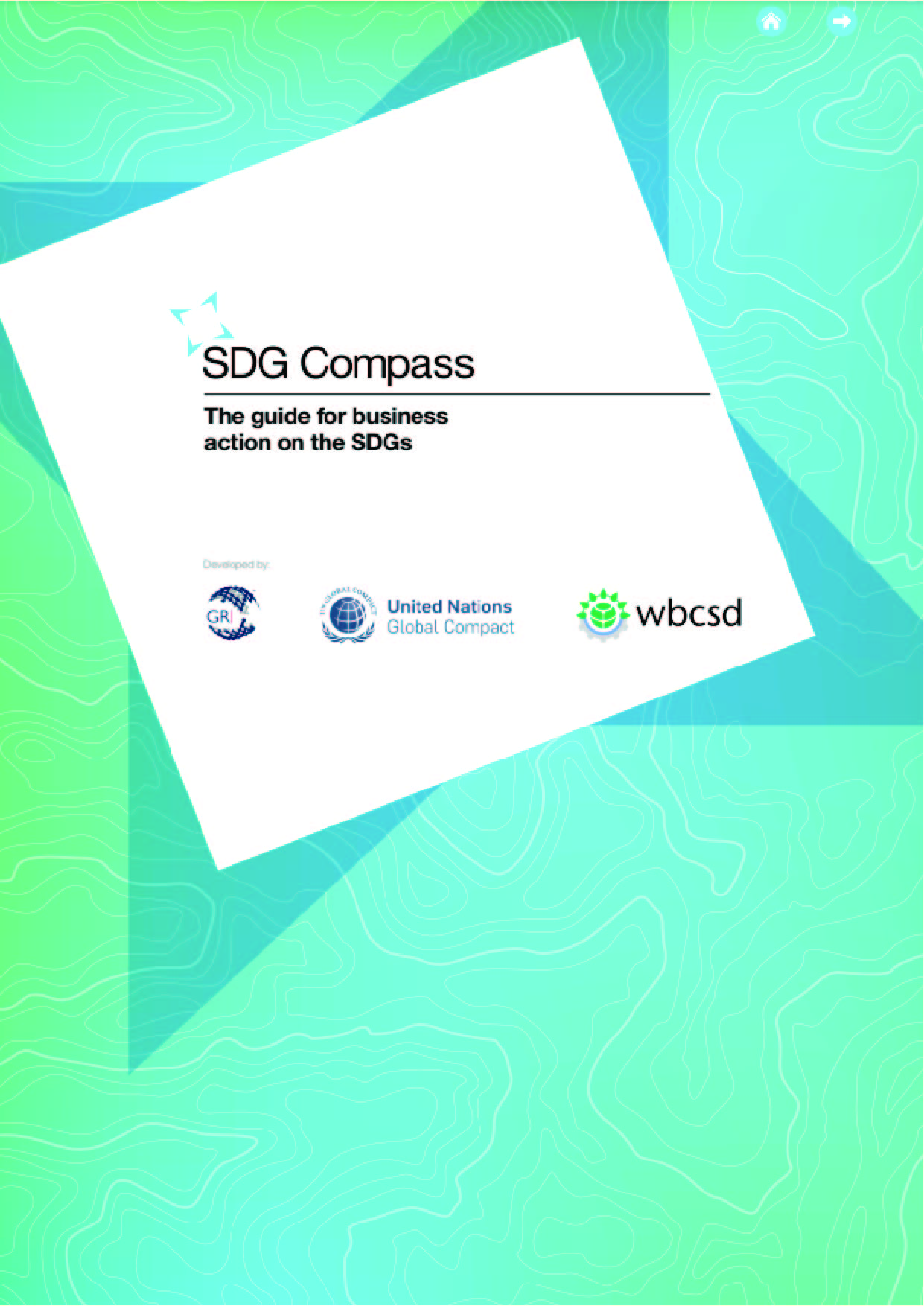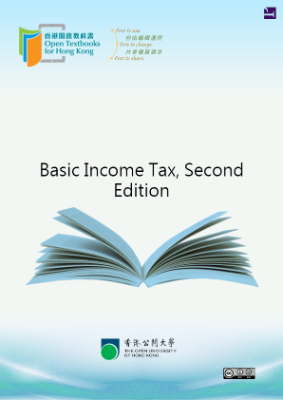Knowing the lengths your company recently went to to ensure physical accessibility at the storefront locations, you are eager to gain an understanding about how accessibility legislation may extend into the digital realm. The added risk of potential legal action and reference to a human rights violation in the complaint has drawn concern from the company’s leadership. They have asked you to investigate further into what legislation might already exist with reference to digital accessibility.
You discover that, in fact, there is legislation in place in Ontario as part of the Accessibility for Ontarians with Disabilities Act (AODA), specifically Section 12 and Section 14 that speak to digital accessibility, which cover accessible formats and web content, respectively. You see that, indeed, accessible websites are addressed in Section 14(4).
- AODA Section 12
- AODA Section 14
While you are reading about the AODA Information and Communications Standard, you remember the discussion at the last manager’s meeting, about the plan coming together that will see several new stores open over the next year, located in the United States, the European Union, and Australia. It occurs to you that these countries may have their own digital accessibility standards, and that you should look into those while learning about the local accessibility requirements.
Web Content Accessibility Guidelines (WCAG 2.0)
The W3C Web Content Accessibility Guidelines (WCAG 2.0) has become broadly accepted as the definitive source for web accessibility rules around the world, with many jurisdictions adopting it verbatim, or with minor adjustments, as the basis for accessibility laws that remove discrimination against people with disabilities on the web.
While you do not need to read the whole WCAG 2.0 document, it is good to have a basic understanding of what it covers.
Toolkit: WCAG 2.0 can be dry, and time consuming to read through and understand. We have created the 10 Key Guidelines that summarizes and helps familiarize you with the more common web accessibility issues.
After reviewing the 10 Key Guidelines, start by learning about the Canadian and U.S. web accessibility regulations, then take the Challenge Test to check your knowledge.
Canada
Accessibility for Ontarians with Disabilities Act (AODA)
The materials here haqve been written in the context of the AODA, which came into effect in 2005 with the goal of making Ontario the most inclusive jurisdiction in the world by 2025. Part of this twenty-year rollout involved educating businesses in Ontario, many of which are now obligated by the Act to make their websites accessible, first at Level A between 2012 and 2014, and at Level AA between 2016 and 2021.
Key Point: AODA adopts WCAG 2.0 for its Web accessibility requirements, with the exception of two guidelines:
- Ontario businesses and organizations are not required to provide captioning for live web-based broadcasts (WCAG 2.0 Guideline 1.2.4, Level A)
- Ontario businesses and organizations are not required to provide audio description for pre-recorded web-based video (WCAG 2.0 Guideline 1.2.5, Level AA)
Otherwise, AODA adopts WCAG 2.0 verbatim.
